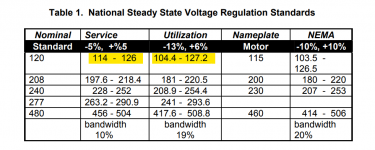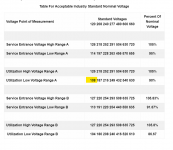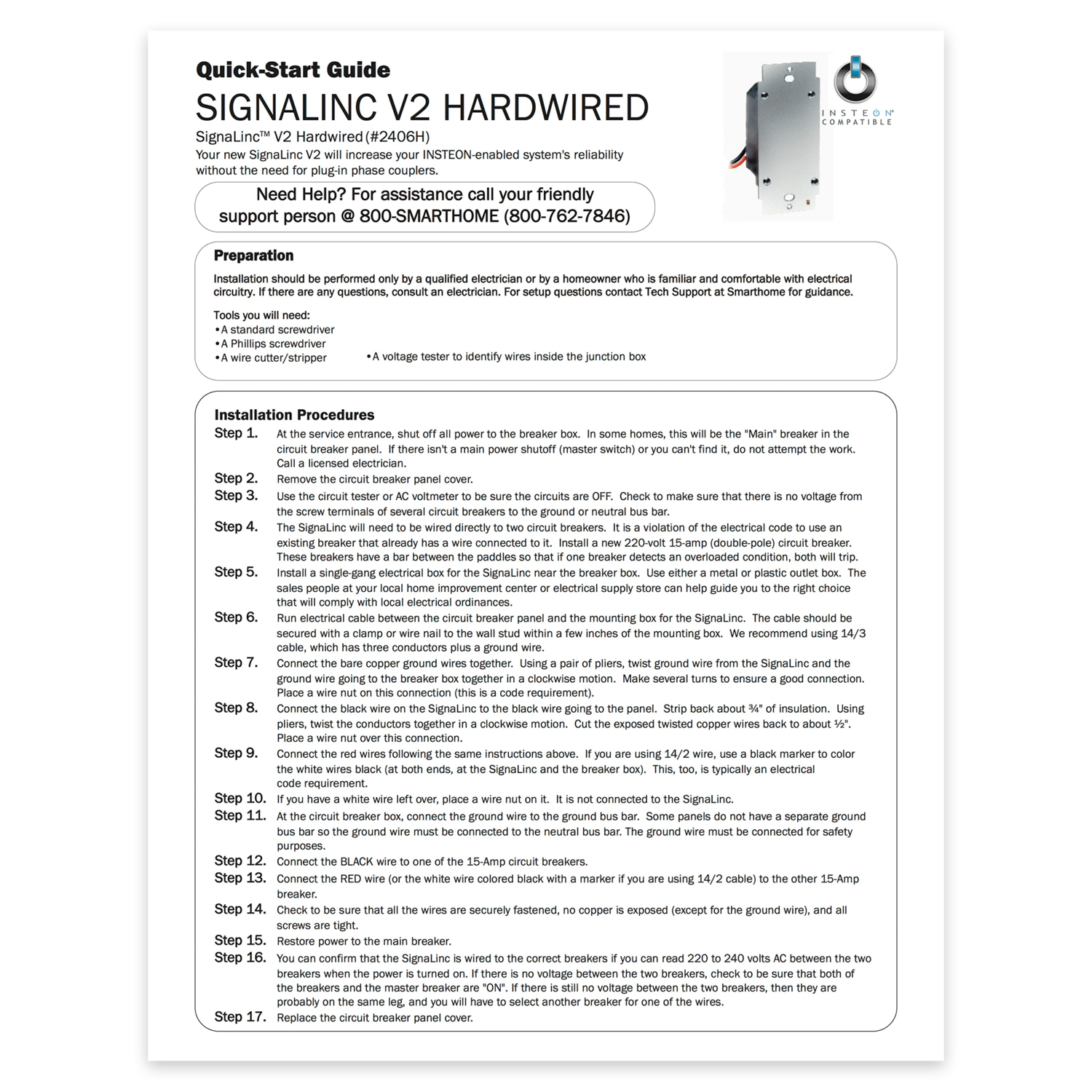- Jul 15, 2012
- 636
- Pool Size
- 30
- Surface
- Plaster
- Chlorine
- Salt Water Generator
- SWG Type
- Hayward Aqua Rite (T-15)
JamesW Basement light voltage 104.2 with pump running on first measure. 105.5 voltage on second measure as I am waiting for pump to stop (it does a 15 min delay because pool heater was on). 104.7-104.8 on third measure, now with motor off. Turned pump on while monitoring voltage in basement and it had no effect whatsoever. I will check the pool house voltages later today to see the 240 volt side.
But two observations in my basement: (1) motor on/off does not have an obvious immediate effect on voltage in basement; and (2) there is voltage fluctuation in the basement, at least between 104.2 and 105.5 volts on 110 line. I should add that these measurements were all done while the clothing washer was on (and it has its own motor). I can collect readings tomorrow with washer off. Lights seem to blink less today while washer is running (if at all - I have not seen a blink yet today).
But two observations in my basement: (1) motor on/off does not have an obvious immediate effect on voltage in basement; and (2) there is voltage fluctuation in the basement, at least between 104.2 and 105.5 volts on 110 line. I should add that these measurements were all done while the clothing washer was on (and it has its own motor). I can collect readings tomorrow with washer off. Lights seem to blink less today while washer is running (if at all - I have not seen a blink yet today).




